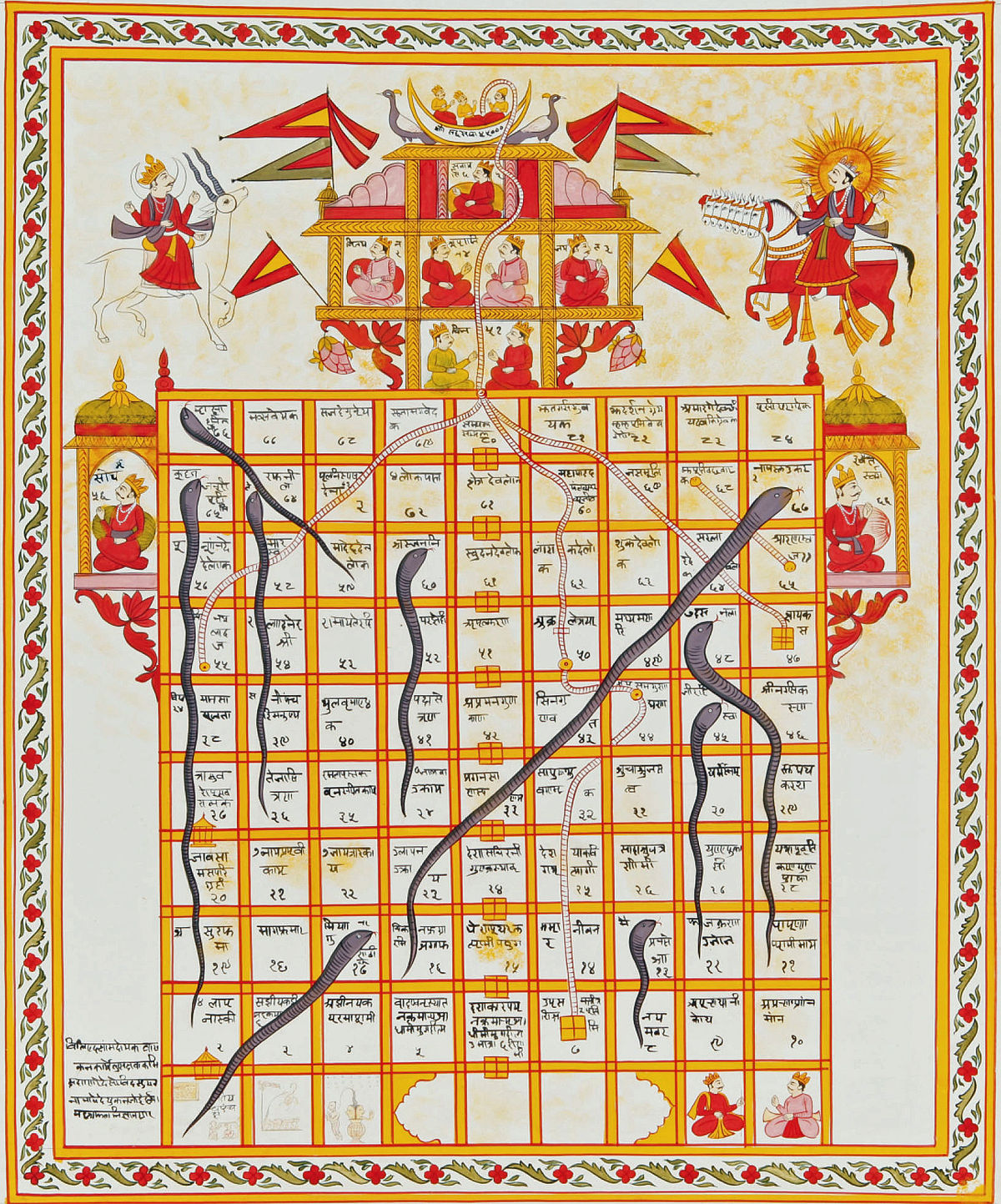Digital filters and upsampling
In the
promotional literature for the M Scaler, Chord writes, "The Hugo M Scaler . . . takes the digital file and repairs it, adding back the information lost between the samples, then it sends the repaired file to the DAC. . . . With 705,600 samples per second, a huge amount of important information that was lost when creating the 44.1 digital file is now recovered. The more samples, the closer you get to the original analog signal. . . . The Hugo M Scaler in essence places 15 additional new musical samples in between each original musical sample, resulting in an astounding improvement in the recreation of the original music signal."
My eyebrows raised, I kept reading. Referring to the figure reprinted here, the text states that "The Hugo M Scaler takes a rough stairstep CD quality waveform and transforms it into a smooth analog-like waveform. That quantum leap in sampling brings a breathtaking leap in detail, accuracy and realism to your music."
Hmm. The measurements I performed to accompany our reviews of the dCS 972 and Purcell definitively showed that upsampling
doesn't add information above the Nyquist frequency—22.05kHz with CD data—of the lower sample rate. So what is the M Scaler doing?
In one of the first articles I wrote for
Stereophile, "Zen & The Art of D/A Conversion," which was published in
September 1986, I discussed how the recovered analog signal is not directly described by the levels of the digital samples. Instead, the
interaction between those samples and the impulse response of a digital low-pass reconstruction filter recreates the analog waveform—not just at the sampling intervals but
between them (footnote 3). By processing the incoming data with a low-pass filter featuring an extremely long impulse response, the M Scaler makes it possible for the accompanying DAC to more accurately reconstruct the analog signal. In effect, it replaces the DAC's digital filter with its own, as the DAC's filter is now operating at the higher sample rate, and its cutoff is one or more octaves above the original data's Nyquist frequency.







